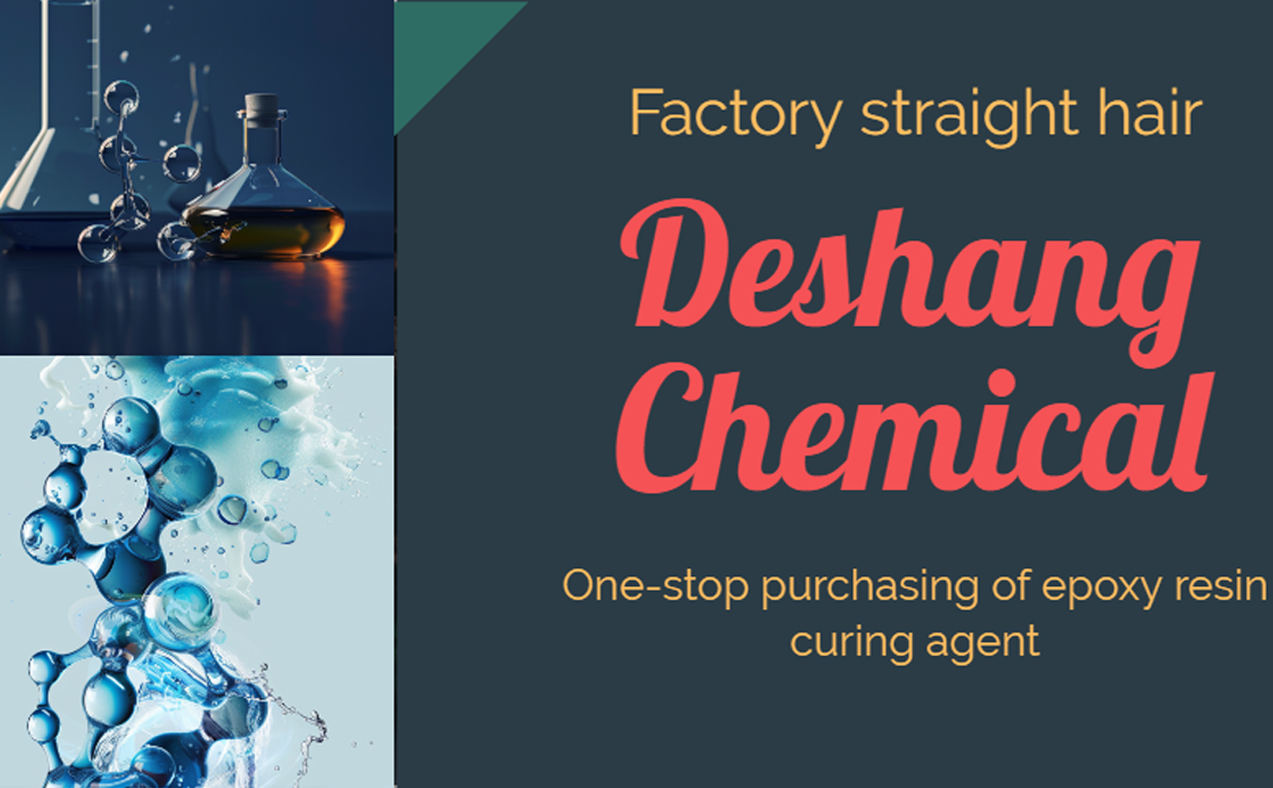
Deshang Chemical

Brand Growth Dilemma
——

——
High quality products, factory direct supply, sufficient supply.

——
We have professional services, 24 hours online to solve your problems.

——
With years of supply experience, we strive to bring value to every customer.
Products Center
@Deshang Chemiacal

About Deshang
Shandong Deshang Chemical Co., Ltd.Established in the year 2020, as the new chemical enterprise in researching, manufacturing, and supplying chemicals.
Contact Us
Shandong Deshang Chemical Co., Ltd.
——
-
 Gavin : 15665898999
Gavin : 15665898999 -
 kayden : +86 135 1541 6713
kayden : +86 135 1541 6713 -
 DeShang : +86-531-88752665 ~ +86-13153039501
DeShang : +86-531-88752665 ~ +86-13153039501 -
 info@deshangchem.com
info@deshangchem.com -
 11th Floor, Chuangbo Industrial Park, 177 Tianchen Road, High-tech Zone, Jinan City, Shandong Province, China
11th Floor, Chuangbo Industrial Park, 177 Tianchen Road, High-tech Zone, Jinan City, Shandong Province, China
News Center
——
Team & Honor









